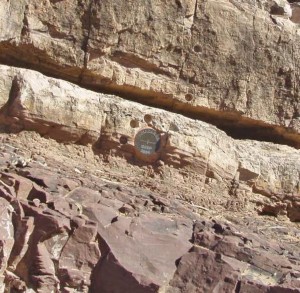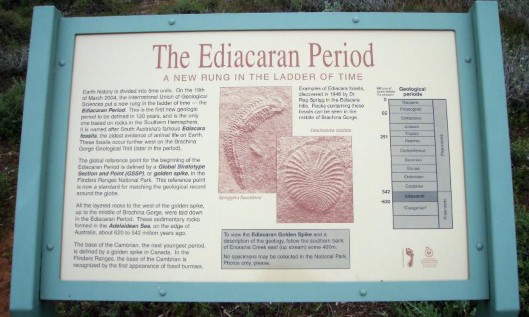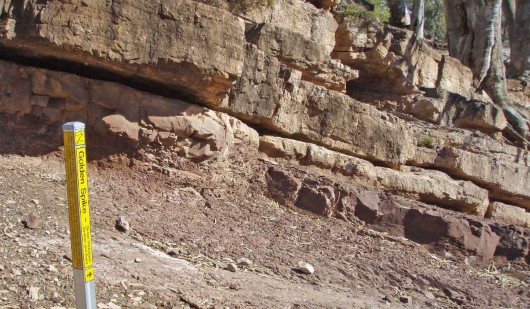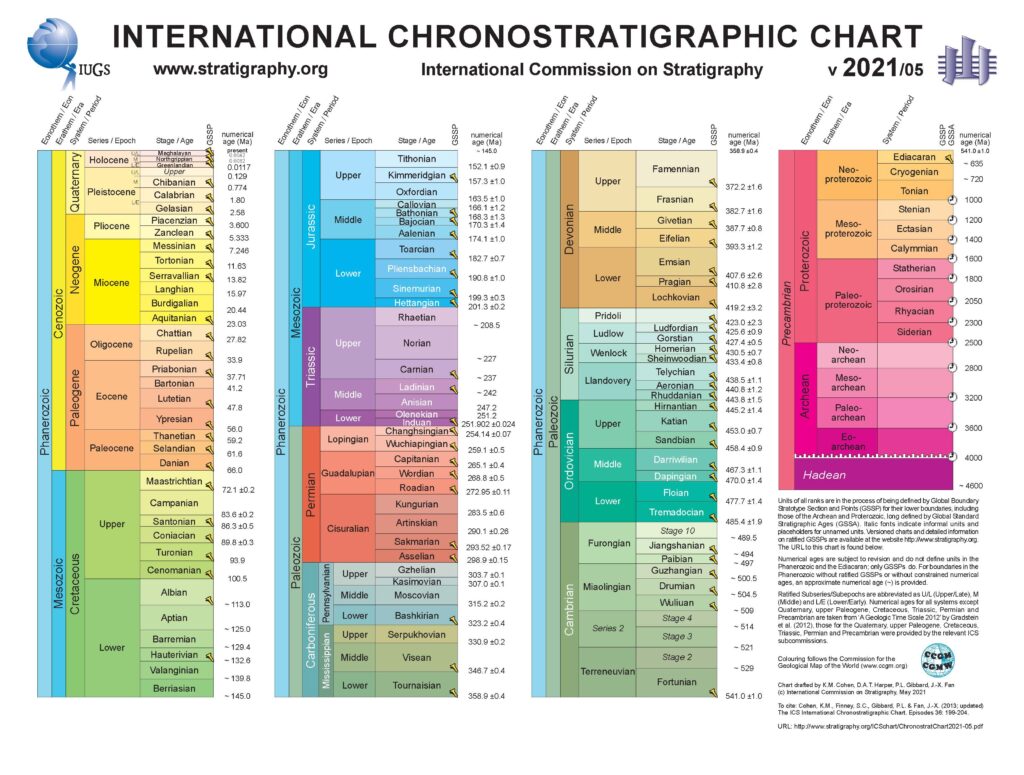
Author: Brad Pillans, Director, National Rock Garden
Extract from National Rock Garden Newsletter No. 21, June 2021
The Geological Time Scale (GTS) is one of the great achievements in the Earth Sciences. It represents the formal subdivision of the rock record of Earth’s history into standardized global time units as an aid to international communication. The International Commission on Stratigraphy (ICS) is the organization responsible for maintaining and updating the time scale and latest updates can be downloaded from their website: www.stratigraphy.org. Further down this page, the latest version of the time scale is reproduced with permission of ICS. The major time intervals (chronostratigraphic units) of the GTS are familiar to all geoscientists and many members of the general public—who hasn’t heard of the Jurassic Period, for example, when dinosaurs ruled the world?
Principles of the GTS
Geologists use relative age terms such as ‘Cretaceous’ in the same way that historians use relative age terms such as ‘Renaissance’ or ‘Ming Dynasty’. Indeed, until the advent of modern numerical dating methods, the GTS was a relative timescale, based on the stratigraphic principle of superposition (younger sedimentary rocks overlie older sedimentary rocks) and the evolutionary sequence of fossils.
However, geologists have long recognized that a term such as ‘Cretaceous’ can have two subtly different meanings:
- as a chronostratigraphic or ‘time-rock’ unit (e.g. rocks of the Cretaceous System)
- as a geochronologic unit or ‘time’ unit (e.g. the time interval of the Cretaceous Period).
Thus each chronostratigraphic unit of the GTS has an exactly equivalent geochronologic unit and we are taught to refer to Lower Cretaceous rocks, but Early Cretaceous time! In many ways, the dual time and time-rock nomenclature is confusing, but while there have been recent proposals to abandon it, that time (pardon the pun) has not yet come. Mostly you can ignore the two different meanings and simply say that a rock or fossil is ‘Cretaceous’, and leave it at that!

An ongoing goal of ICS, is that each chronostratigraphic and corresponding geochronologic unit of the GTS should be formally defined at its base by what is called a Global Stratotype Section and Point (GSSP), or Global Standard Stratigraphic Age (GSSA). More than 80% of the ~90 stage-level divisions of the Phanerozoic are defined by GSSP’s, or “golden spikes”, placed in carefully chosen rock exposures around the world to precisely mark agreed boundaries between rocks of different named units. Note that the GTS is a hierarchical classification, so that, for example, the GSSP for the base of the Paleocene Series/Epoch, is also the GSSP for the base of the Paleogene System/Period and the base of the Cenozoic Erathem/Era.
As well as assigning a rock or a fossil to one of the GTS intervals, it is also helpful to know how old it is in years and we give both on the plaques of our display rocks in the NRG. The science of dating rocks (geochronology) is improving all the time and numerical ages for all Phanerozoic chronostratigraphic units are continually being refined. The GSSPs don’t generally change, once they are established, but the boundary ages themselves are not fixed in the same way as they are for GSSAs in the Precambrian.
Only one GSSP is defined in the southern hemisphere and it’s in Australia
The youngest subdivision of the Neoproterozoic, the Ediacaran System/Period, is notable on two counts: First, it is the only unit to be defined with a GSSP in Australia (and the Southern Hemisphere), and second it is the only unit of the “Precambrian” to be defined with a GSSP. All the other Precambrian units are defined on time using GSSAs, though other GSSPs may well be established in the future, as the complexities of Precambrian rocks are unraveled.

The Ediacaran GSSP, or golden spike, is located in a rock outcrop in Brachina Gorge in Flinders Ranges National Park. The site is publicly accessible and well worth visiting for anyone interested in geological history—all readers of this newsletter, surely!

Fun fact
Brad Pillans is a voting member of the International Commission on Stratigraphy. Dr Who may be called a Time Lord, but Brad is too!
International Chronostratigraphic Chart



